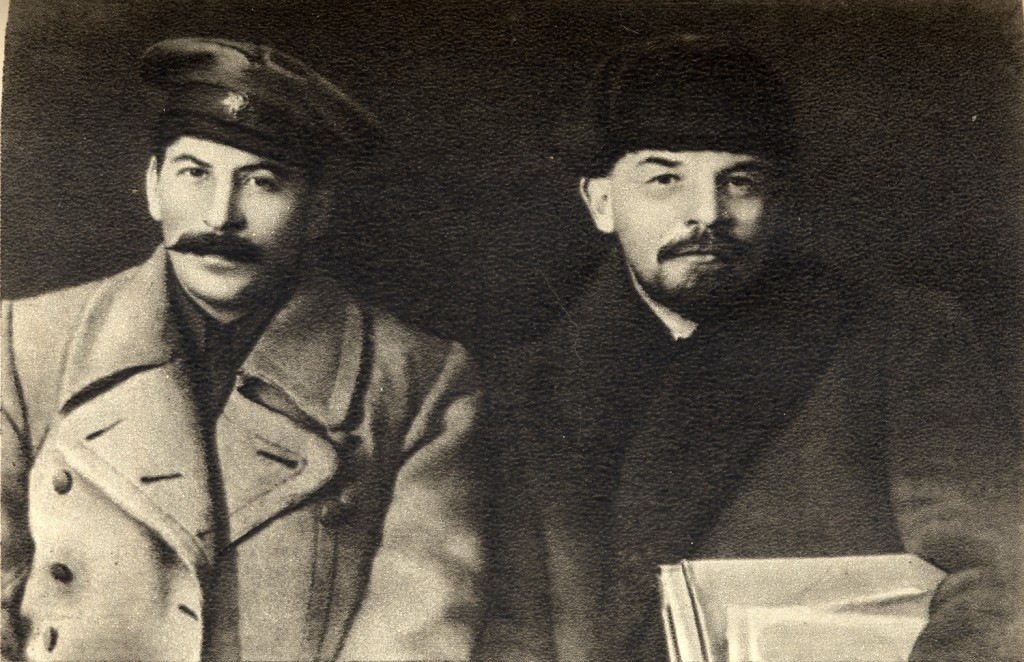Martin Amis on the failure of the intellectuals: “The truth about Russia dawned in cloud and mist.”
Monday, July 6th, 2020Martin Amis goes on a rant about Lenin and the Soviet Union in the New York Times. As rants go, it’s top drawer. Enjoy for the verbal fireworks.
He begins: “It was a very bad idea from the outset, and one forced into life — or the life of the undead — with barely imaginable self-righteousness, pedantry, dynamism, and horror. The chief demerit of the Marxist program was its point-by-point defiance of human nature. Bolshevik leaders subliminally grasped the contradiction almost at once; and their rankly Procrustean answer was to leave the program untouched and change human nature. In practical terms this is what “totalitarianism” really means: On their citizens such regimes make ‘a total claim.'”
He continues:
As one historian of Russia put it, it is to the intellectuals that we turn for “real prowess of wrong-headedness.” But it wasn’t just the pundits, the writers (H. G. Wells, G. B. Shaw) and the philosophers (J.P. Sartre, A. J. Ayer) who swallowed the Moscow line; so did historians, sociologists, politicians, and even businessmen. To its supporters the allure of the Communist Party was twofold. The secondary appeal was that it gave you the (not quite delusive) impression that you were playing your part in world events; the primary appeal was that the program looked wonderful on paper, and spoke to the optimism and idealism of many of the most generous hearts and minds.

Two of a kind. Read about Lenin’s brain here.
It was vaguely understood that there had been some loss of life: the terror and famine under Lenin, the Civil War, forced collectivization (“Ten millions,” Stalin said to Churchill, holding up both palms, in the Kremlin in 1942), the burgeoning system of state slavery known as the gulag (created under Lenin), the Great Purge of 1937-38.All that could be set aside, for now, because (a) revolutions are always violent, and (b) the ends supposedly justify the means.
As for the first point, the French revolutionary terror lasted from June 1793 to July 1794, and claimed more than 16,000 victims, no more than a busy couple of weeks for the Bolsheviks (and imagine if Robespierre had kept at it until 1830). As for the second point, well, there is a counterproposition: Means shape ends, and tend to poison them. We all know, now, what we think of the Good Intentions Paving Company. Anyway, the means were all the Soviet citizen was ever going to get. Western doublethink and selective blindness on this question is a very rich field; the wisest and most stylish guide to it is Reflections on a Ravaged Century (2000), by Robert Conquest, to whom we will necessarily return.
Nabokov was the first one to see it with an “illusionless eye,” the critic Edmund Wilson, his longtime correspondent, indulged the Bolsheviks. Amis does not indulge Wilson:
By 1972 Wilson might have found time to read the three outstanding memoirs of the period: I Chose Freedom, by Viktor Kravchenko (1946), Journey Into the Whirlwind, by Eugenia Ginzburg (1967), and Hope Against Hope, by Nadezhda Mandelstam (1970).
Kravchenko was an apparat high-up who defected immediately after the war; Ginzburg was a provincial don and journalist who was found guilty of Trotskyism; and Mandelstam was the wife, and then the widow, of the great poet Osip (1891-1938). Cumulatively, these books persuade you of a disconcerting truth: Compared with Stalin’s Russia, Hitler’s Germany was a terrestrial paradise — except for Communists and Jews (and, later, Gypsies and homosexuals).
Kravchenko, Ginzburg and Mandelstam show us a society from which the concept of trust had been completely excised — a society where the conversational meaning of the question “Do they write?” was “Do they write letters of denunciation to the secret police?” You couldn’t trust your parents; you couldn’t trust your children. In addition, everyone was terrified all the time, right up to and including Stalin, who feared assassination at every waking minute. When he flew to Tehran for the first Big Three summit, his plane was escorted by 27 fighters; when he entrained for Potsdam (the third and final summit), his bodyguards numbered 18,500. By contrast, ordinary Germans knew no panic until 1943, as the reckoning loomed, and as the cities were being bombed nightly, then daily, then daily as well as nightly.
The truth about Russia dawned in cloud and mist. The first consciousness-shifting book was Conquest’s The Great Terror (1968). Very soon the samizdat version was circulating in Russia; and freshly enlightened parents would wonder if their growing teenagers were “ready for Conquest” and the attendant shock. Conquest had time to add The Nation Killers and Lenin, but not long enough to add Kolyma: The Arctic Death Camps (1976) — before the translation of Aleksandr Solzhenitsyn’s The Gulag Archipelago was complete in its three volumes (1973-75). This was and is a visionary nonfiction epic written by an artist in the Russian Orthodox, old-regime tradition of Gogol, Dostoyevsky and Tolstoy. Hereafter the great argument (like the original Marxist idea) had only a vampiric existence — technically dead, but still animate.
Read the whole thing here.















 By contrast, genocidaire
By contrast, genocidaire 


